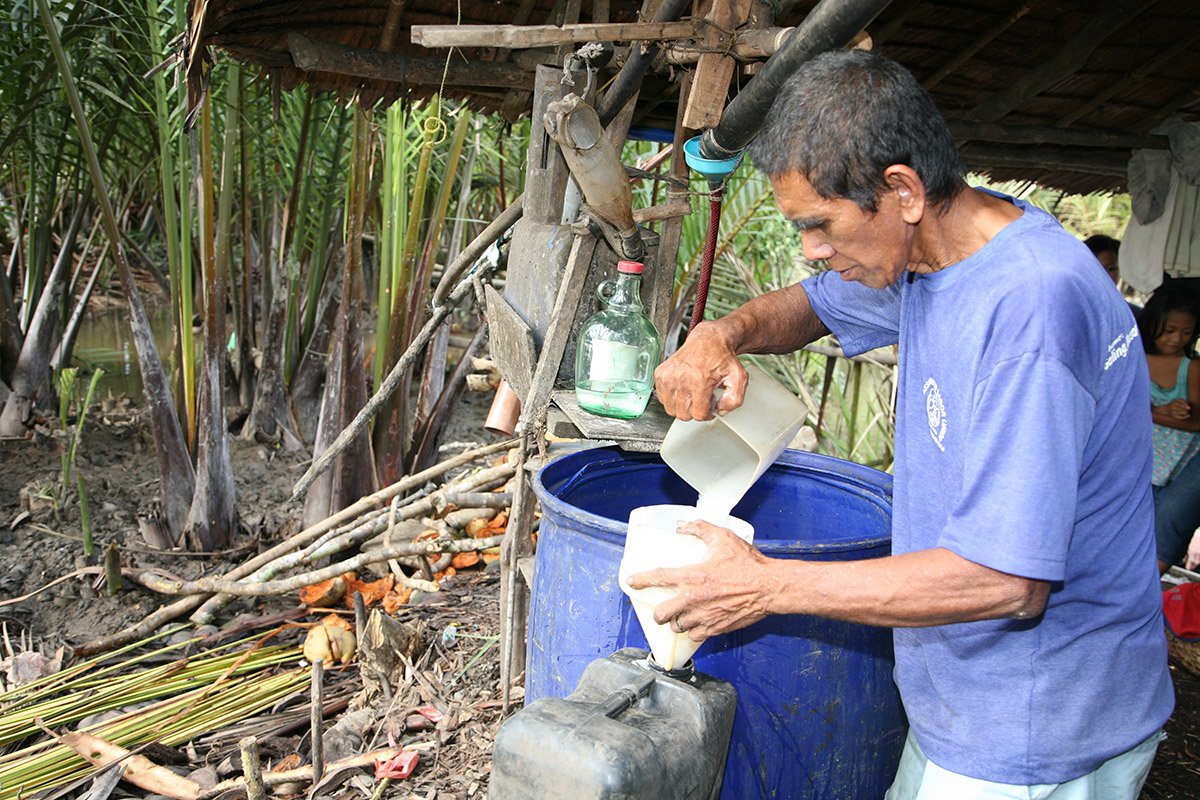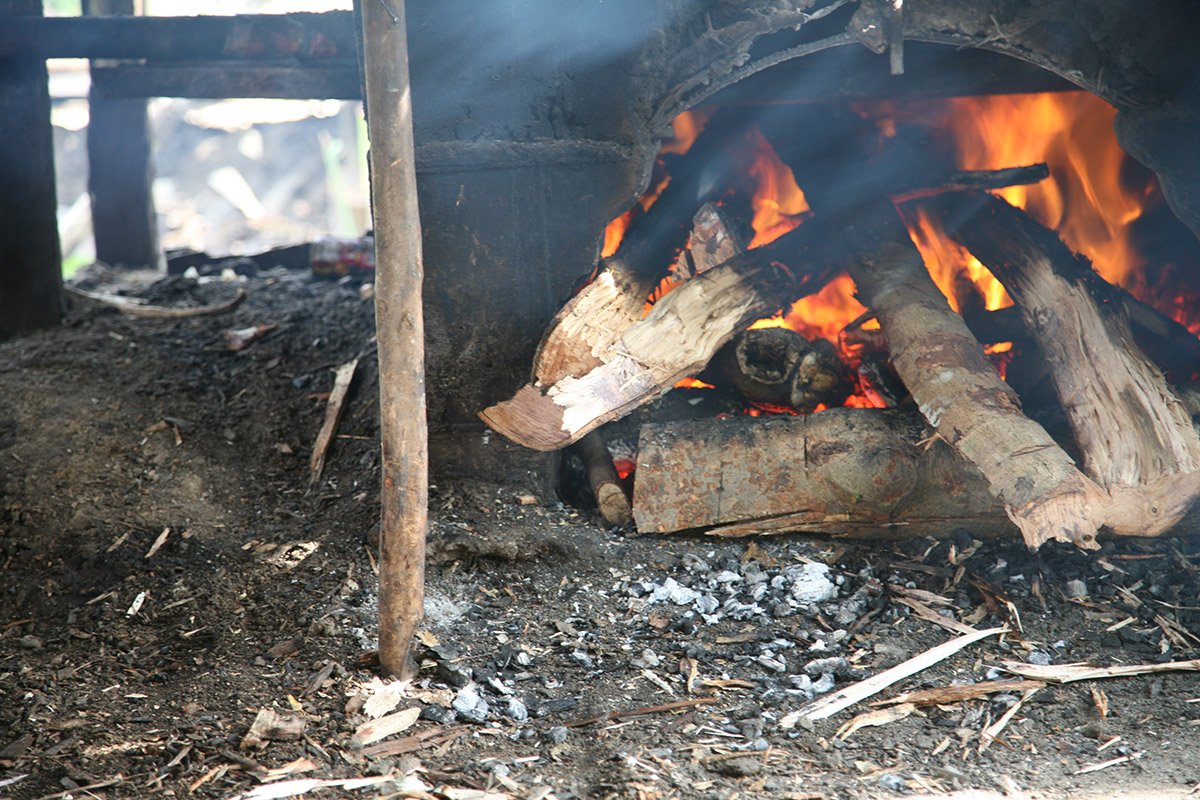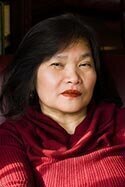In Praise of Our Native Spirits
/BOOK REVIEW: In High Spirits: Tropical Wines of the Philippines by Arturo G. Pacho, PhD
“In High Spirits” by Arturo G. Pacho, Ph.D
In his journal, Primo Viaggio Intorno Al Mondo (First Voyage Around the World), Pigafetta recounts that first encounter with the natives of the island of Zamal, now known as Samar:
“At dawn on Saturday, March sixteen, 1521, we came upon a high land at a distance of three hundred leguas from the islands of Latroni—an island named Zamal [i.e., Samar]. The following day, the captain-general desired to land on another island which was uninhabited and lay to the right of the abovementioned island, in order to be more secure, and to get water and have some rest. He had two tents set up on the shore for the sick and had a sow killed for them. On Monday afternoon, March 18, we saw a boat coming toward us with nine men in it. Therefore, the captain-general ordered that no one should move or say a word without his permission. When those men reached the shore, their chief went immediately to the captain-general, giving signs of joy because of our arrival. Five of the most ornately adorned of them remained with us, while the rest went to get some others who were fishing, and so they all came. The captain-general seeing that they were reasonable men, ordered food to be set before them, and gave them red caps, mirrors, combs, bells, ivory, bocasine, and other things. When they saw the captain’s courtesy, they presented fish, a jar of palm wine, which they call uraca [i.e., arrack], figs more than one palmo long [i.e., bananas], and others which were smaller and more delicate, and two coconuts.”
Yes, the making of tuba, basi, and tapuy—our best-known traditional wines—has been part of our ethos years before the days of first conquest.
Basi wine (Photo by John K. Chua)
Bignay wine (Photo by John K. Chua)
Duhat wine (Photo by John K. Chua)
Santol wine (Photo by John K. Chua)
And if author Dr. Arturo G. Pacho’s seminal book, In High Spirits: Tropical Wines of the Philippines, were to be given space in the tightly foreign-cornered world of winemaking, pride of place, history and progeny is a good start as any.
Author Dr. Arturo G. Pacho is currently co-working on a book on basi, the sugar cane wine of the Ilocos.
The writing of the book came out of a challenge, Pacho narrates in his introduction.
At a 2011 reunion with former Philippine Collegian staffers where Pacho shared that he has written a little book, Discovering Tuba (University of the Philippines Press, 2015), the coconut wine from Samar and Leyte, his former Collegian editor Angelito Imperio asked: “Why write about tuba?”
This simple question set off the writer—a former public policy researcher, professor, and resident of Los Angeles but now retired in Metro Manila—into an adventure in search of his theme, not only to examine his raison for writing about tuba as a wine, but also to explore other Filipino wines.
Limning culture, history, economic value, nostalgia, and advocacy to define his inquiry, Pacho thought he could approach it two ways: 1) the legalese, which meant detachment and distancing from his subject; or 2), the humanist, which affirmed immersion and involvement. He chose the latter: that is, to write about it and soak in it as well.
Pacho embarked on a journey from the tip of Batanes in Luzon to the southernmost provinces of Mindanao. With his wife, Jenny Dee, he traveled to meet winemakers, collecting the wines and capturing many of the images of wine makers, locations, and fruits used in winemaking.
His informants? Taxi drivers, storekeepers, airport porters, security guards, and even his barber in Samar! He always made it a point to ask if they knew of any local wines from their hometowns.
As he says, “Other than within this group there is not that much prestige to patronize these native wines.” And adds, “To many Filipinos it is an oddity to hold a bottle of local wine, and even feel strange to drink it.”
Like the much-disparaged Filipino fare of tuyo, tinapa (dried or smoked fish or meat), and bagoong (fermented shrimp or minnow), which are slowly being introduced to international cuisine as far north as Helsinki, local Filipino wines—tropical wines, tropical fruit wines, and regional wines—may yet achieve imprimatur in the world of winemaking, given the proper push and advocacy, says Pacho.
While many words exist for wine in the Philippines such as alak, arak, and irimnon, says Pacho, they are today associated with hard liquor. Thus, he structures his book according to sections in terms of raw materials used: 1) coconut, nipa palm and buri, 2) grapes, 3) herbs and honey, 4) rice, root crops and nuts, 5) sugar cane, and 6) tropical fruits.
Pacho adds a caveat that while strictly speaking drinks that have 80 percent alcohol proof are not wines but are classified as liquors or spirits, the inclusion of some of them on the list is a recognition that these are indigenous and traditional drinks (such as lambanog and laksoy) derived from fermented wines, herbal drinks (siok tong), and products of a sustainable and profitable alcohol-based market in the Philippines.
Laksoy making: fermenting tuba from nipa (Photo by Jenny D. Pacho)
Laksoy making: distilling by fire (Photo by Jenny D. Pacho)
Laksoy making: bottling the spirit (Photo by Jenny D. Pacho)
In High Spirits identifies the different wines that are currently available in the Philippines and gives a directory of where they may be procured. The book also showcases fine photography of wine bottles by lensman John K. Chua and graphic art and layout by book designer Francisco “Dopy” Doplon.
By intermingling history, folklore, reminiscences, onsite interviews, and thorough research, Pacho hopes to achieve his goals of building awareness of local Philippine wines and promoting the vision and passion of Filipino winemakers.
Ilocos Norte winemaker Sigrid Salucop in her foreword says as much:
“The hankering for imported products is ingrained in the Filipino psyche to the point of ignoring the abundance of choices we have in this tropical paradise we call home. It is heartbreaking to have to explain to a fellow Filipino what basi is or how it is different from tapuy, tuba or lambanog because it mirrors the real state of this nation, evidence that we do not know who we are as a people.”
Each wine produced in the country is “bottled poetry,” says Salucop. “It is the poetry of generations of Filipino winemakers and a testament to our culture and heritage.
“These wines capture the taste of Philippine summers and of rainy days when torrential rains hit the country—from the sweetness of wild berries and plums, and the potency of those made from rice and coconuts to the crispness of wines made from pure sugarcane. But they reflect more than that—they show us who we were before the colonizers reached our shores. They remind us of who we could become if we choose to embrace what we have and opt to see the ingenuity and resilience of the people in this nation.”
Magellan was bested by Lapu-Lapu’s (King of Limasawa) men in that period of our fraught history chronicled by Pigafetta. Could our local Philippine winemakers match the fire, courage, and spirit shown by our forebears some 500 years ago?
In High Spirits, printed by G.A. Printing, is available in the U.S at www.philippineexpressionsbookshop.com (Los Angeles). Price: $50.
In the Philippines, it is available at Fully Booked, the Taguig branch in Metro Manila. Price: P2,000.
Also at Ayala Museum, http://shop.ayalamuseum.org/books/?search=arturo+pacho. Price: P2,000, and The Crown Book Group through its Kitchen Bookstore, crownbookgroup.com. Price: P2,000.
LINKS AND SOURCES:
Pigafetta, Antonio. (1525). Primo Viaggio Intorno Al Mondo (The First Voyage Around the World), of events of 1519-1522. Milan, Italy: Biblioteca Ambrosiana.
Blair, Emma H., Robertson James A. (5 June 2013). Project Gutenberg of the Philippine Islands 1493-1898 Volume XXXIII, 1519-1522 by Antonio Pigafetta. From http://www.gutenberg.org/files/42884/42884-h/42884-h.htm.
Patty Rivera is a writer in Toronto.
More articles from Patty Rivera












